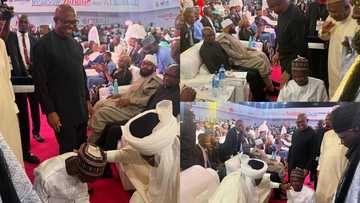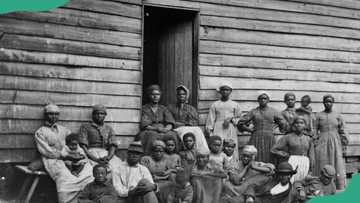States creation in Nigeria and their creators: detailed 2024 update
Nigeria is a federation comprising one federal capital territory (FCT) and 36 states. These states were created at varying times in Nigeria's history and by various regimes. Each state is a semi-autonomous political unit that shares powers with the country's federal government, as stated in the Nigerian constitution. What do you know about state creation in Nigeria and their creators? Sati Umaru Fwatshak, a Professor of History at the University of Jos, provides his insights on how the creation of states has contributed to preserving and promoting Nigeria's rich cultural diversity.
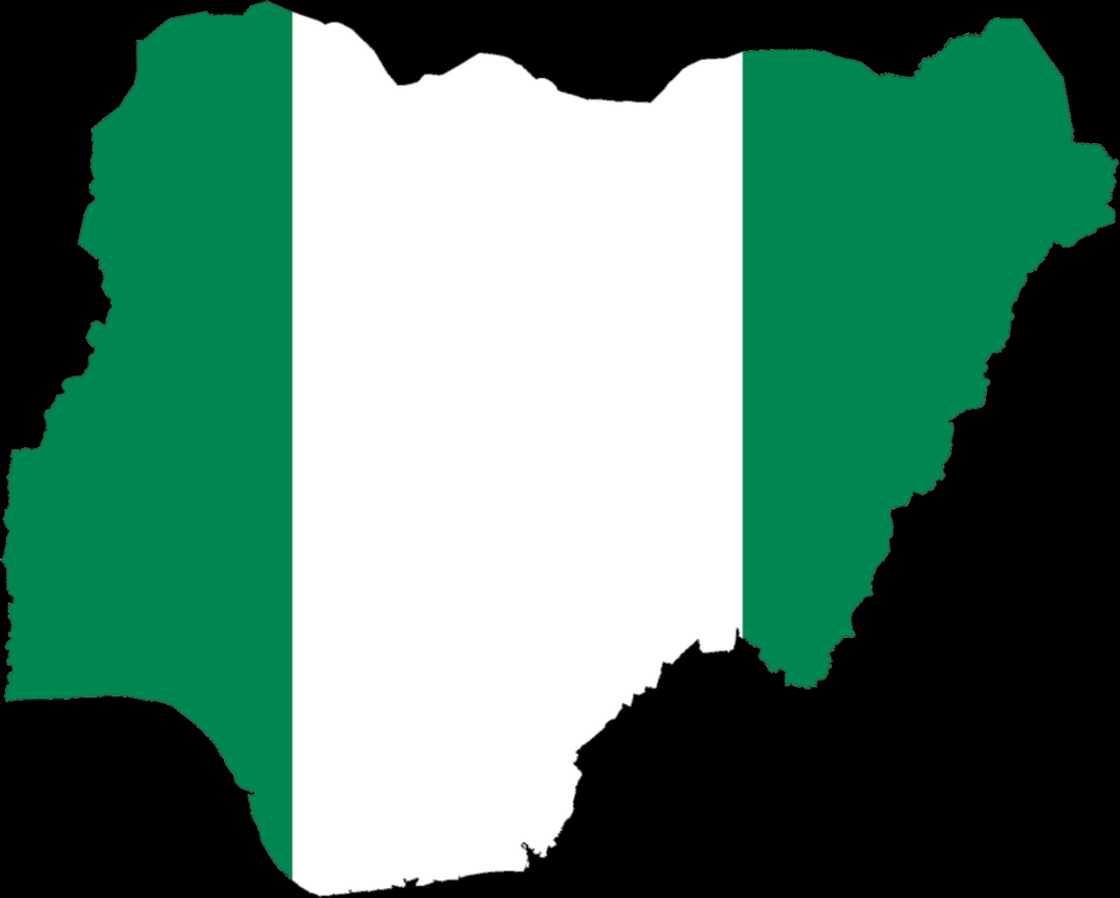
Source: Depositphotos
TABLE OF CONTENTS
State creation in Nigeria began in 1967 when states replaced the then-regions. After that, various regimes changed the country's structure until 1996, when the last states were created.
State creation in Nigeria and their creators
Nigeria's 36 states were formed due to different administrative reorganizations. To solve concerns of ethnic, cultural, and administrative imbalances, existing states were divided, merged, and restructured.
How and when were the 36 states in Nigeria created?
Here is a quick history of state creation in Nigeria and their creators.
1960-1963
When Nigeria attained independence from colonial rule in 1960, it was a federal state with three regions. These were the Eastern, Northern, and Western regions. There were also provinces which served as a legacy of colonial rule. These were later abolished in 1976.
1963-1967
In 1963, a new region was created, bringing the total to four. The new region was known as the Mid-Western Region and was created from the Western Region.
1967-1976
In 1967, the country's military regime replaced the four regions with 12 states. Between 1967 and 1970, the former Eastern Region attempted to secede from the rest of Nigeria, resulting in the infamous Biafran Civil War.
The states created in 1967 resulted from General Yakubu Gowon's rise to power via a coup d’état.
1976-1987
Seven additional states were created in 1976, bringing the total to 19. The 19 states of Nigeria in 1976 included the Federal Capital Territory, created from Niger State. In 1987, two more states (Akwa Ibom and Katsina) were created, bringing the total to 21. This was done under the military rule of General Ibrahim Babangida.
1988-1991
On 27 August 1991, the number of states in Nigeria increased to thirty as General Babangida thought it fit to create another nine states, bringing the total to 30.
1996
In 1993 when General Sani Abacha came into power, the government was under immense pressure to create additional states. Under recommendation from the National Constitutional Conference (NCC), the reigning military regime decided to create six more states. This was done in October 1996, bringing the total to 36 states.
How states creation influenced Nigeria's cultural diversity
In a discussion with Legit.ng, Sati Umaru Fwatshak, a Professor of History at the University of Jos, sheds light on various facets of Nigeria's socio-political landscape. He said:
Various ethnic nationalities in Nigeria before the coming of the British were related to one another through trade, intermarriage, religious encounters, exchanges, and diverse cultural dances and cultural performances.
So, 1914 became the culmination of a series of processes of amalgamation. By the time amalgamation took place, the next thing that would happen was the restructuring of Nigeria, which is the origin of the state's creation.
And so, in the 1930s, you had the two regions (Northern and Southern Nigeria) divided into Northern Nigeria, Southern Nigeria, and Eastern Nigeria. So, that was the first act of political restructuring. The meaning of that restructuring was to say: let's begin to recognize our diversity; we should not have one big Nigeria under macro-management; can we start to look at our diversity and see how we can manage people within that diversity in a micro sense?
And then the next region to be created was the Midwest in 1964. Again, an attempt to manage diversity because it was a conspiracy of the Northern People's Congress (NPC) and National Council of Nigeria and the Cameroons (NCNC) to bifurcate the Western group and take part of it from Awolowo's Action Group (AG), but it was a restructuring process because the Midwest region was created for the minorities that were not Yoruba people. Those places today are what we call the Niger Delta or South-South. Then, when the military came after the July 1966 coup, 12 States were created to replace the regional structure. After that, the number of states became 19, then 21, then 30, and then 36.
What are these states representing? They are representing the diversity of the Nigerian population. And it is important for us to have to recognize that diversity. Of course, historians realize that each time new states are created, new majorities emerge, and new minorities also emerge, and so the clamor for most states continues. But we must realize that the Nigerian population is also growing, and diversity management is more complex.
I often would say that even though democracy is failing us, and I'm very, very sad at how politicians have captured the state and are ruling it as if it is their empire, democracy is better than military rule because, at least at present, up to 2000 people control Nigeria's wealth if you count the senators, the House of Reps people, the governors, the ministers, commissioners, counselors, and so on. But unlike military rule, less than 500 people could control national wealth, and you may not even know anyone there.
This idea that letting all voices be heard in recognition of our diverse people means that we must manage that diversity well through inclusiveness and mutual respect. Our cultural differences are not the problems; they are how we can live together, respecting each other. We are not the only country of diversity. America is very diverse; many other countries are diverse, but they have learned to live together.
Let me share my experience with you. I had the privilege of going to New York. And I went to one place they called Chinatown; it was exactly as if you were in China; the Chinese were there speaking their language, practicing their culture. I went to another place, the Spanish area; they spoke Spanish and practiced Spanish culture. This is diversity at its best. But what was uniting them and holding them together was American law, principally the Constitution. You cannot violate the American Constitution or any American law and get away with it under the claim that you are entitled to practice your culture. How you practice your culture within that legal system is limited.
So diversity can be managed, and people of different cultures can live together, but let me respect your culture, and you respect mine. Our cultures cannot override national law.
States creation in Nigeria
Here is a list of states created by General Sani Abacha on 1 October 1996.
- Bayelsa State
- Ebonyi State
- Ekiti State
- Gombe State
- Nasarawa State
- Zamfara State
Here is a list of states General Ibrahim Babangida created on 27 August 1991 and 23 September 1987.
- Abia State
- Adamawa State
- Delta State
- Edo State
- Enugu State
- Jigawa State
- Kebbi State
- Kogi State
- Osun State
- Akwa Ibom State
- Katsina State
Who created 7 states in Nigeria? Here is a list of states created by General Murtala Muhammed on 3 February 1976.
- Taraba State
- Yobe State
- Anambra State
- Bauchi State
- Benue State
- Borno State
- Imo State
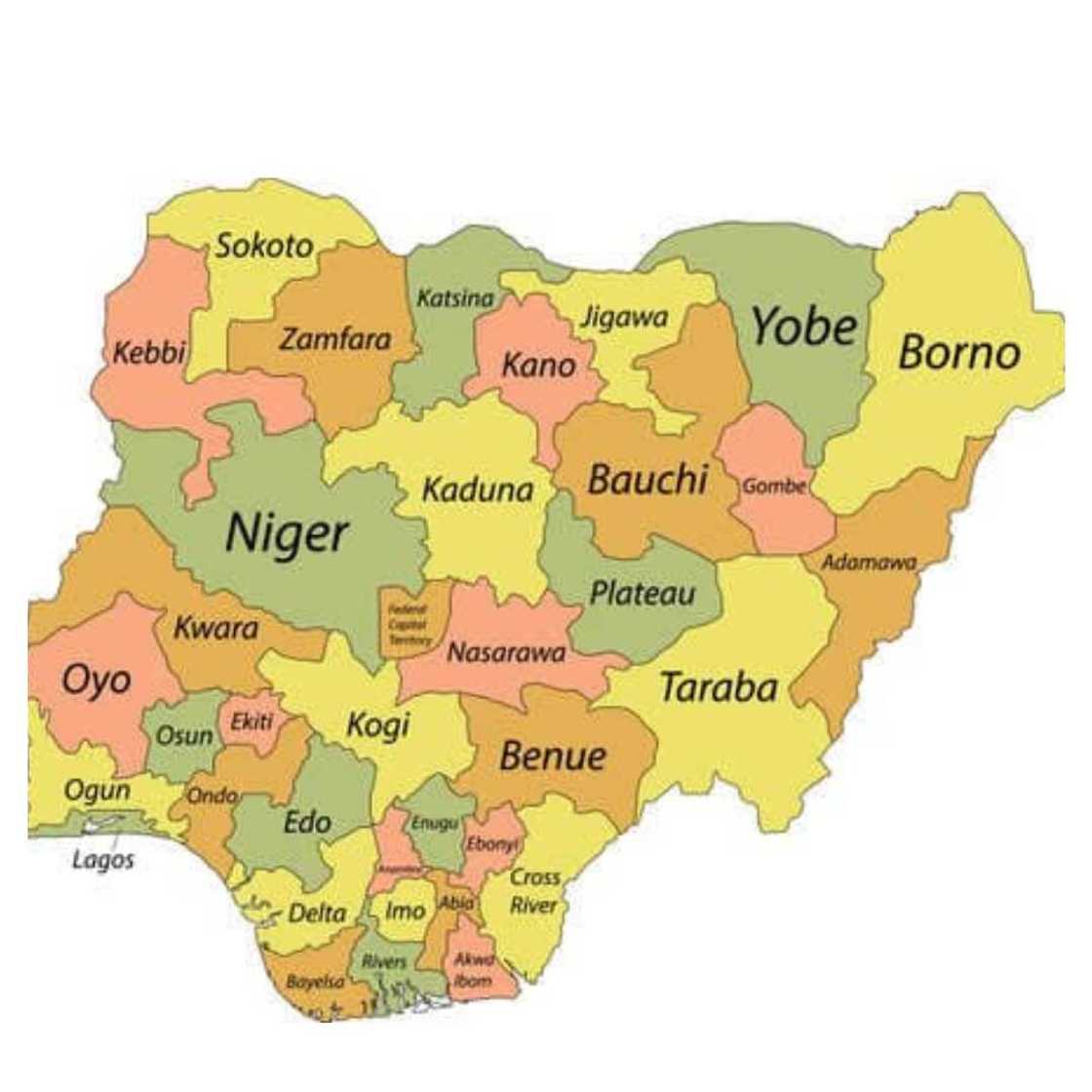
Source: Facebook
What are the first 12 states created by Yakubu Gowon?
Here is a list of the first 12 states and the capital of Nigeria created by General Yakubu Gowon on 27 May 1967.
- Lagos State
- Niger State
- Ogun State
- Ondo State
- Oyo State
- Plateau State
- Sokoto State
- Kano State
- Cross River State
- Kaduna State
- Kwara State
- Rivers State
Who created states in Nigeria in 1976?
1976 saw the creation of 7 states by General Murtala Muhammed. This brought the total to 19 states. Later in the year 1987, General Ibrahim Babangida created two more states.
Who created the 36 states in Nigeria?
They were created by different leaders under different regimes. These include General Murtala Mohammed, General Ibrahim Babangida, General Yakubu Gowon, and General Sani Abacha.
Who created 21 states in Nigeria?
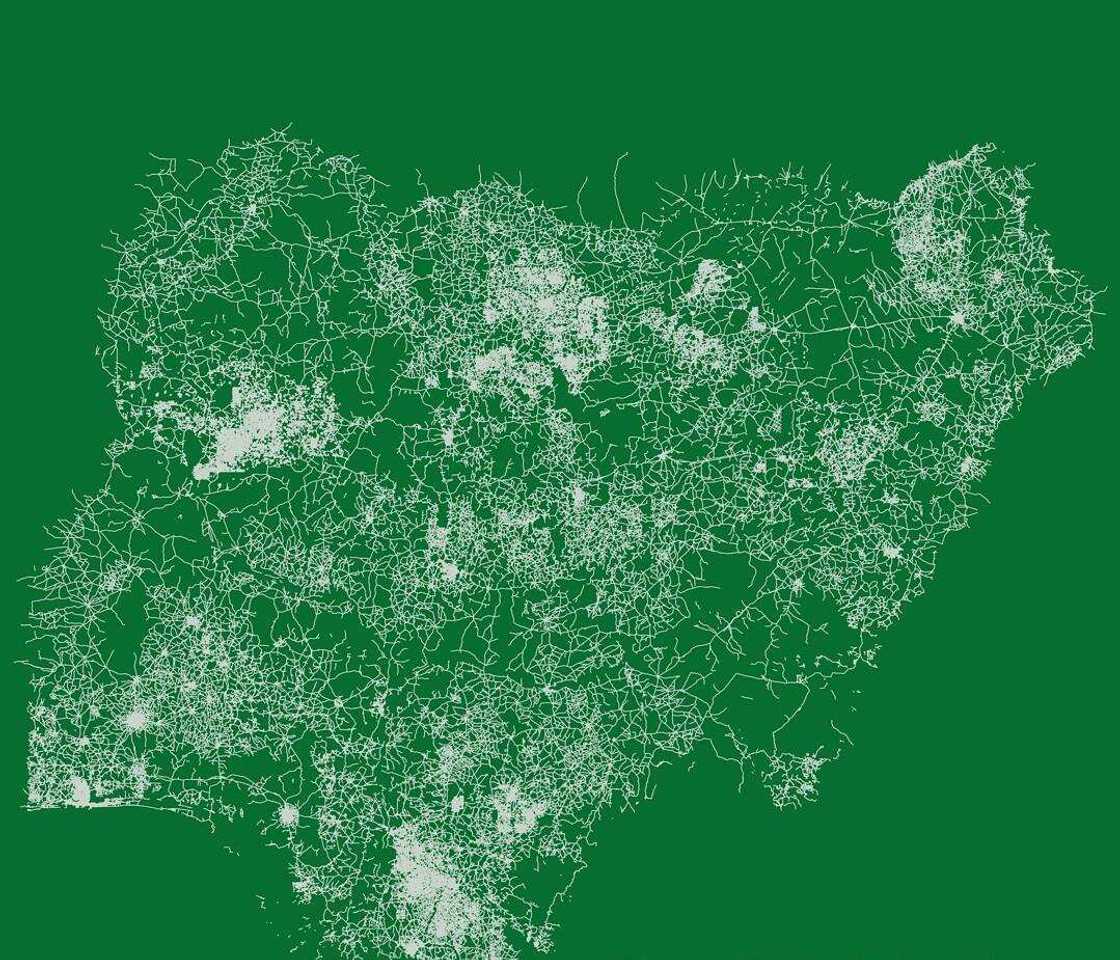
Source: Instagram
By 1987, the country had 21 states. These had been created by General Ibrahim Babangida (2), General Murtala Mohammed (7), and General Yakubu Gowon (12).
Who created 12 states in Nigeria?
General Yakubu Gowon created Nigeria's first 12 states in 1967.
When did Nigeria have 12 states?
The country had 12 states between 1967 and 1976. This is after the reigning military regime replaced the then four regions with the country's first 12 states.
The history behind state creation in Nigeria and their creators is quite fascinating. The country saw 36 states created in five regimes. These administrative units replaced the regions and provinces left by the British.
Legit.ng recently explored the main economic problems plaguing Nigeria. Like other middle-income countries with emerging markets, the country has witnessed gradual expansion in communication, technology, finance, manufacturing, and service sectors.
However, problems such as poor health facilities, high crime levels, unemployment, and corruption continue to be pressing issues in the country's economy.
Source: Legit.ng

Jackline Wangare (Lifestyle writer) Jackline Simwa is a content writer at Legit.ng, where she has worked since mid-2021. She tackles diverse topics, including finance, entertainment, sports, and lifestyle. Previously, she worked at The Campanile by Kenyatta University. She has more than five years in writing. Jackline graduated with a Bachelor’s degree in Economics (2019) and a Diploma in Marketing (2015) from Kenyatta University. In 2023, Jackline finished the AFP course on Digital Investigation Techniques and Google News Initiative course in 2024. Email: simwajackie2022@gmail.com.

Adrianna Simwa (Lifestyle writer) Adrianna Simwa is a content writer at Legit.ng where she has worked since mid-2022. She has written for many periodicals on a variety of subjects, including news, celebrities, and lifestyle, for more than three years. She has worked for The Hoth, The Standard Group and Triple P Media. Adrianna graduated from Nairobi University with a Bachelor of Fine Arts (BFA) in 2020. In 2023, Simwa finished the AFP course on Digital Investigation Techniques. You can reach her through her email: adriannasimwa@gmail.com


